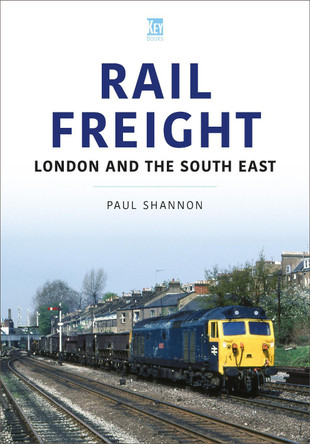In the early 1980s, Ravenscraig steel works was the biggest source of rail freight north of the border, handling iron ore, coal, lime and scrap, as well as semi-finished and finished products. Opencast coal was thriving and would even lead to some lines re-opening later in the decade. Wagonload freight was still providing a service on some rural lines, not least the Far North line where many intermediate stations still handled general freight, such as seed potatoes and fertiliser. Today, Ravenscraig is a distant memory and coal is no longer carried by rail anywhere in Scotland. Wagonload freight has also disappeared, despite some attempts to revive the concept in the early 2000s. However, in a few areas, rail freight has done well. The cement works at Oxwellmains is a big user of rail and Grangemouth refinery still produces three trainload flows. Intermodal traffic has grown substantially, with several regular Anglo-Scottish flows on the West and East Coast main lines as well as internal movements to Aberdeen and Inverness. Illustrated with over 160 photographs, many of which are previously unpublished, this volume looks at the changing face of rail freight in Scotland. It details the changes in traction, rolling stock and railway infrastructure over four decades.
About the AuthorPaul's love of railways was triggered by taking the train to school in 1970. He developed a keen interest in rail freight and travelled widely to record the changing railway scene from the late 1970s onwards. He is the author or compiler of around 50 books, mainly covering different aspects of rail freight but also some general titles on railway history and infrastructure. He has also contributed more than 100 articles to enthusiast magazines and written around 40 DVD scripts, some covering railway operations in mainland Europe.
Book InformationISBN 9781802821659
Author Paul ShannonFormat Paperback
Page Count 96
Imprint Key Publishing LtdPublisher Key Publishing Ltd










